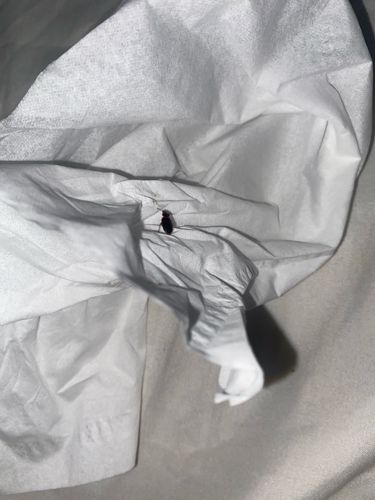Ant
Scientific Name: Formicidae (family)
Order & Family: Hymenoptera (Order), Formicidae (Family)
Size: 1 to 30 mm (0.04 to 1.2 inches)

Natural Habitat
Highly adaptable; found nearly worldwide in diverse habitats including forests, grasslands, deserts, urban areas, and homes. They often build nests underground, in wood, or in mounds.
Diet & Feeding
Opportunistic omnivores; diet varies greatly by species. It can include nectar, seeds, fungi, other insects (both living and dead), honeydew from aphids, and human food scraps.
Behavior Patterns
Ants are highly social insects living in organized colonies that can range from a few dozen to millions of individuals. They exhibit complex behaviors such as division of labor (workers, soldiers, queen), communication through pheromones, foraging, nest building, and defense of the colony. Most species are active during the day, but some are nocturnal.
Risks & Benefits
Risks: Some species can inflict painful bites or stings (e.g., fire ants). They can become pests in homes, contaminating food and sometimes causing structural damage (e.g., carpenter ants). Benefits: Ants play crucial roles in ecosystems as decomposers, aerating soil, dispersing seeds, and acting as predators of other insects, thus helping to control pest populations.
Identified on: 9/22/2025